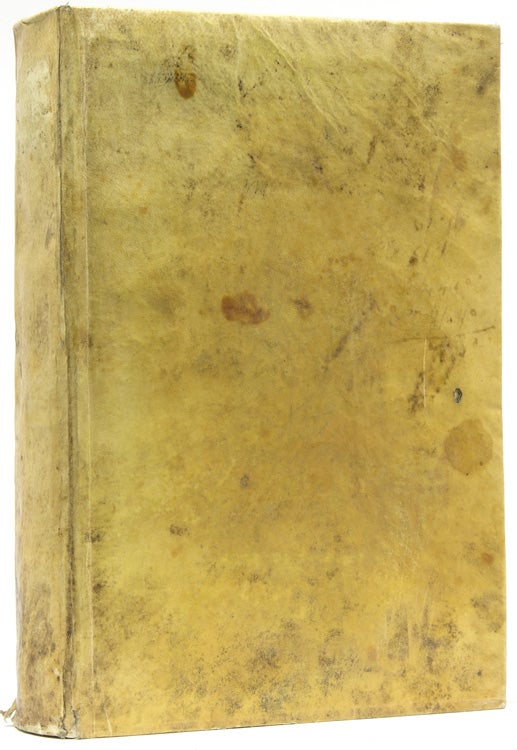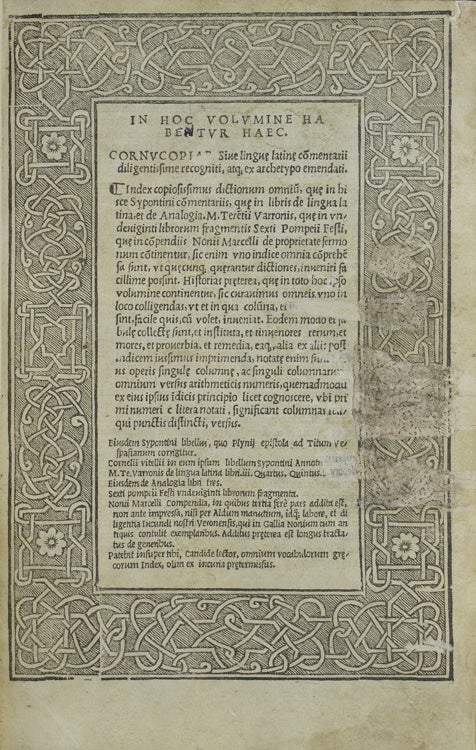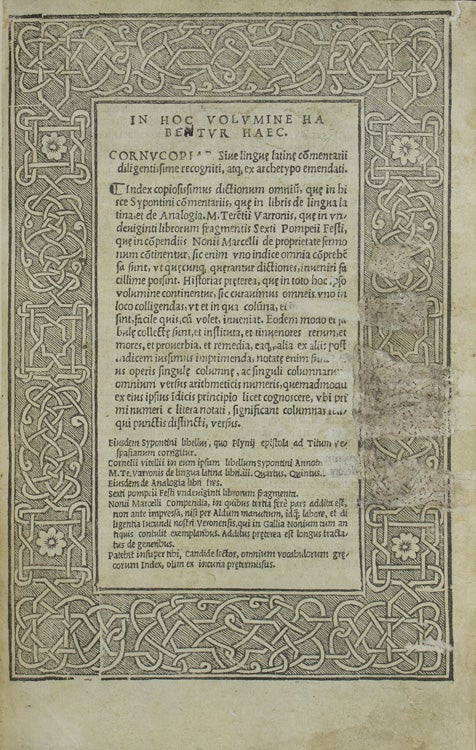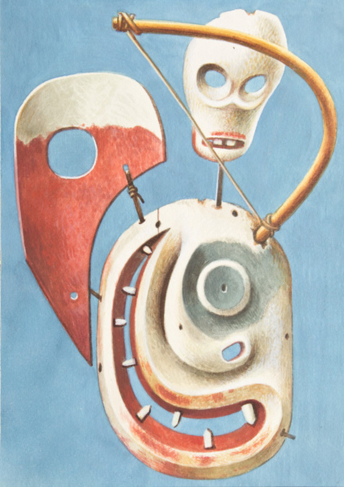Advancing the Aldine Tradition
Cornucopiae, sive linguae latinae commentarii diligentissime recogniti.
Thusculani apud Benacum [Toscolano]: in aedibus Alexandri Paganini, in mense, 1522.
Price: $2,250.00
About the item
Title within decorative border. Latin text, printed in Paganini's italic type, in two enumerated columns. [50] leaves, 1268 [i.e., 1270] columns. 1 vols. Thick 4to (22 x 14 cm.). Advancing the Aldine Tradition. Recased in early vellum, slightly worn but sound and unwarped; title page has some minor abrasions, without loss; text is clean and fresh, a bit tight in margins; occasional marginal worming. Nuovo, A. Alessandro Paganino 60; Adams; P723; BM STC Italy; p. 499.
Item #211482
A notable book in the history of printing by the interesting printer-publisher, Alessandro Paganino of Toscolano, whose admiration for Aldus Manutius is evident in the jocular tribute to him on the title page (" non ante impressa, nisi per Aldum manutium, idq[ue] labore, et diligentia Iucundi nostri Veronensis ... ). The Aldine italic type itself had become the virtual symbol of the humanistic tradition which Aldus was spreading with his cheap and handy editions; imitators and counterfeits multiplied all over Europe. Paganino was also clearly inspired by the Venetian master's innovations, but in a way which stimulated him to experiement and create in the Aldine tradition. In this innovative setting of Perotti's lexicographical commentaries on the firs book of Martial's Epigrams, follwed by similar works by various authors -- constituting a virtual encyclopedic lexicon of Latin - Paganini's design of a text displayed in enumerated columnsand lettered lines constitued a creative in the presention of a lengthy and complex text. His typeface, too, a smaller and more upright italic, is noteworthy.
As Luigi Balsamo writes, "Even more interesting [among the followers of Aldus] was ... printer-publisher Alessandro Paganino of Toscolano, whose admiration for Aldus became a strong stimulus to achieve something new in the field of typography. Although Brunet defined the so-called "Paganini" type as bizarre, there were actually no less than five distinct designs. They reflected the successive phases of a graphic study intended as the progressive assimilation of the Roman and italic types. Pagnini's laborious experimentation resulted in an archaic imprint that influenced not only the design of type but the entire graphic composition of the page. Indeed it was Paganini who had recognized Aldus's commitment to innovation as an example worthy of being followed.- Luigi Balsamo "Legibility and Migration," 1997.





